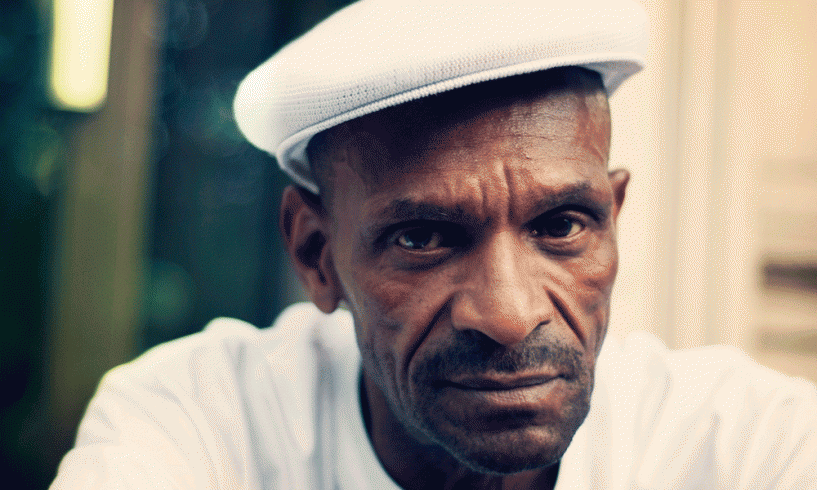Although use of hospice services continues to increase across the United States, with more than 1.5 million Americans receiving services in 2010, only 9% of hospice recipients are African American. In her article in the August 2013 issue of the Clinical Journal of Oncology Nursing, Drisdom explored the barriers African Americans experience when using hospice care, including cultural and knowledge issues.
Cultural Barriers to Hospice Care
Although Drisdom noted that it’s currently unclear why African Americans are reluctant to use hospice services, she hypothesized that African American culture may be a contributor. Studies have shown that African Americans value caring for and being cared for by a family member as a way to express respect and dignity for loved ones and for this reason may eschew hospice care. They trust loved ones to make the best end-of-life decisions on their behalf and may use advanced directives less often as well.
Spirituality is a large component of African American culture; Drisdom explained that African Americans may prefer to pray for a miracle rather than accepting death through hospice, which may be looked at as “giving up.” They also focus on the death experience itself as a transition to an afterlife, and hospice may be incongruent with their picture of a good death, one that embraces their traditions of prayer, Bible reading, spiritual counseling, and singing religious hymns.
Finally, Drisdom cited African Americans’ general distrust of the healthcare system as a cause for avoiding hospice care. This stems from historical racism and discrimination, including specific situations such as the Tuskegee experiment and even slavery.
Knowledge Barriers to Hospice Care
Research has shown that many African Americans do not have the information they need to make decisions about hospice care. Specifically, they lack knowledge of
- The nature of hospice services
- Possible locations where they can receive hospice care
- Information on how they can pay for hospice
- The quality of hospice care.
Drisdom reported that some African Americans assume that hospice is only available for patients with private insurance, or that hospice could only be received in a location outside the home.
Finally, Drisdom cited low literacy levels among African Americans as another potential cause. Research has shown that patients with low literacy tend to favor more aggressive care rather than palliative care, regardless of race. This is because of a decreased ability to understand and evaluate potential care options.
How Oncology Nurses Can Help
Drisdom said that changing African American’s perceptions of and knowledge about hospice care begins by providing culturally competent care. Oncology nurses should asses their own cultural competence and ensure that they are providing tailored care to African American patients. Drisdom recommended following a step-by-step process for having such discussions with patients.
- Use the severity of the illness to begin the conversation.
- Inquire about patients’ current perception of hospice. Clarify any misconceptions they may have.
- Tailor the description of hospice to meet patients’ expressed needs.
- Emphasize what hospice does in a culturally relevant way (e.g., explain that hospice care can be delivered at home, clarify that hospice pays for most medical equipment).
- Explain that patients can receive hospice care for longer than six months as long as they continue to meet eligibility criteria. Also reinforce that they can enroll and unenroll in hospice at anytime, if they want to try it for a few months first.
Community Outreach to Encourage Hospice Participation
Because of the sense of community in African American culture, outreach and engagement can help to inform African Americans about hospice. In any community messaging, Drisdom explained, emphasize hospice’s focus on family and spiritual considerations; in particular, highlight the inclusion of a chaplain on the multidisciplinary team.
Drisdom recommended building relationships with African American community leaders, such as church pastors, local politicians, and educators. In addition, placing information in community locations where African Americans gather, such as beauty shops, barber shops, and religious institutions, can serve to reinforce the hospice message.
For more information on African Americans’ cultural barriers to hospice care, refer to the full article by Drisdom.
Five-Minute In-Service is a monthly feature that offers readers a concise recap of full-length articles published in the Clinical Journal of Oncology Nursing (CJON) or Oncology Nursing Forum. This edition summarizes “Barriers to Using Palliative Care: Insight Into African American Culture,” by Sheronda Drisdom, MSN, ARNP, AOCNP®, which was featured in the August 2013 issue of CJON. Questions regarding the information presented in this Five-Minute In-Service should be directed to the CJON editor at CJONEditor@ons.org. Photocopying of this article for educational purposes and group discussion is permitted.






